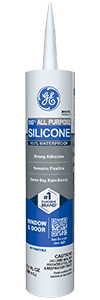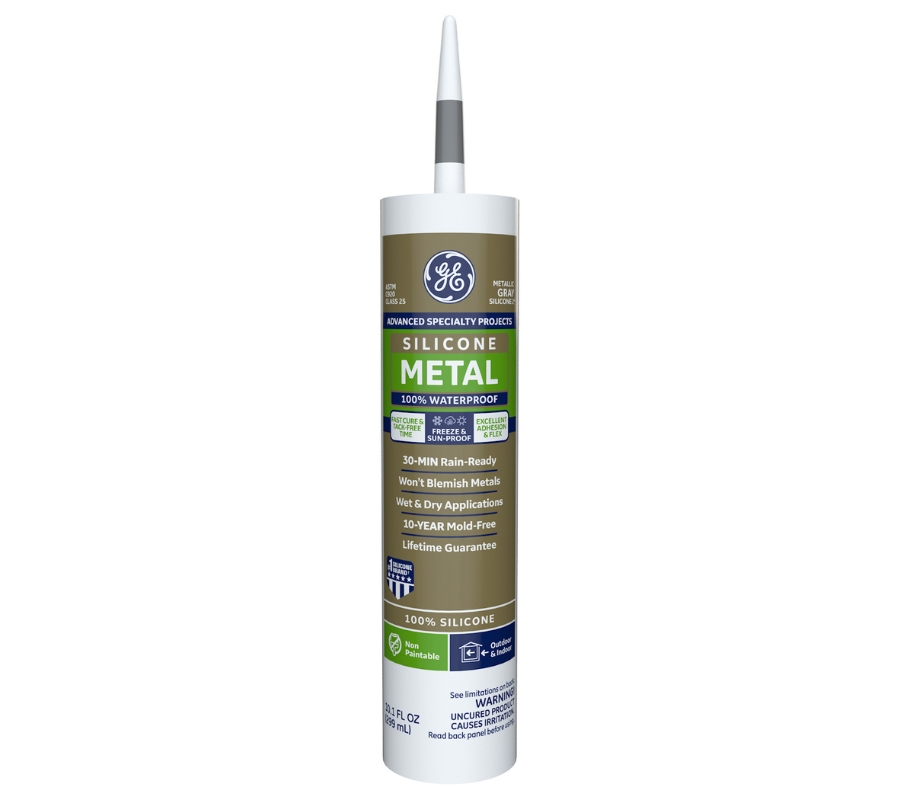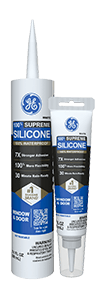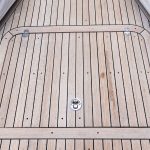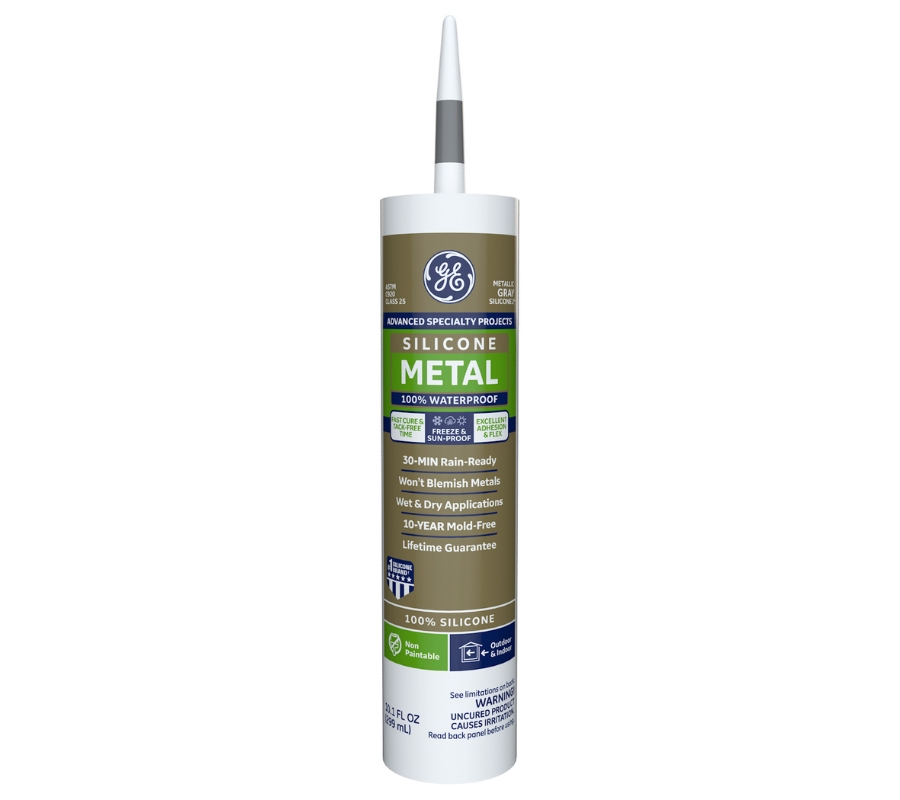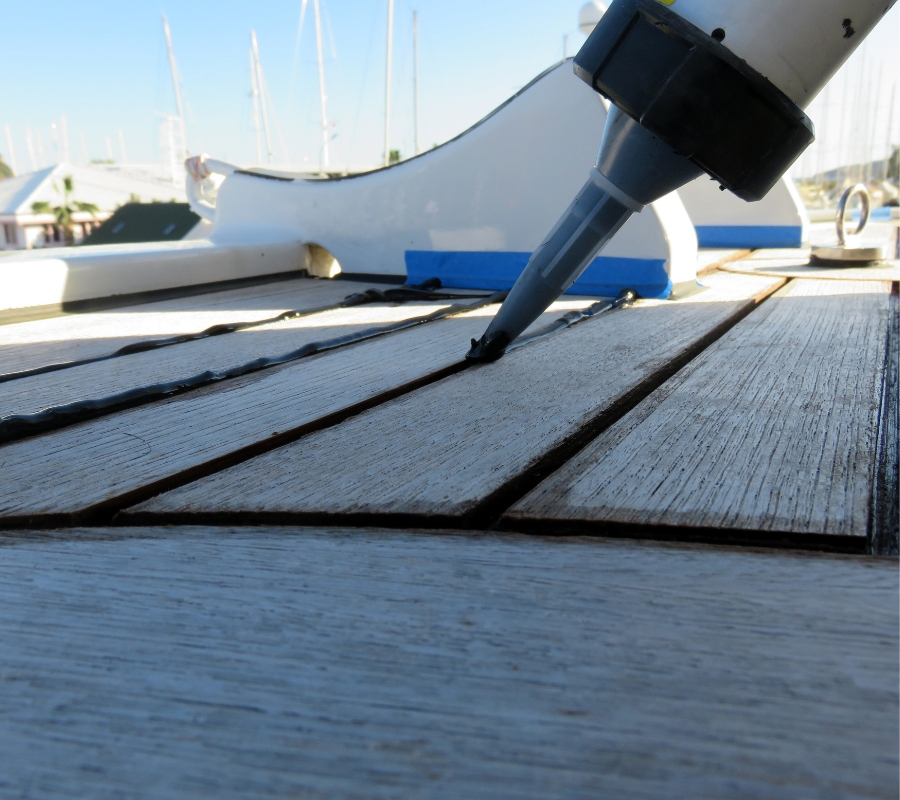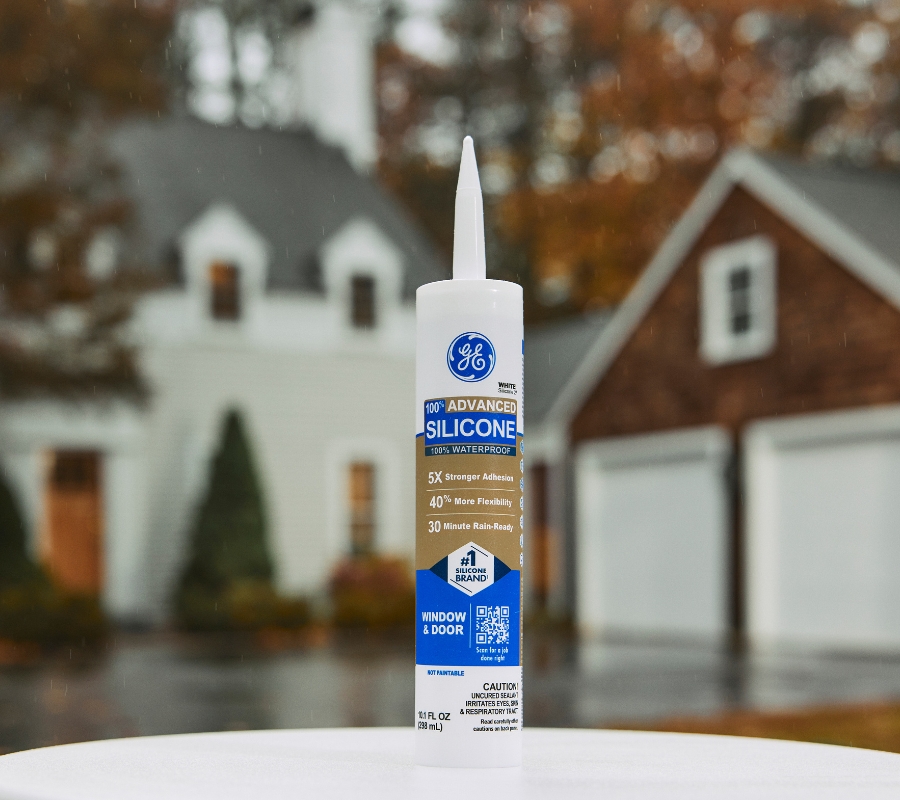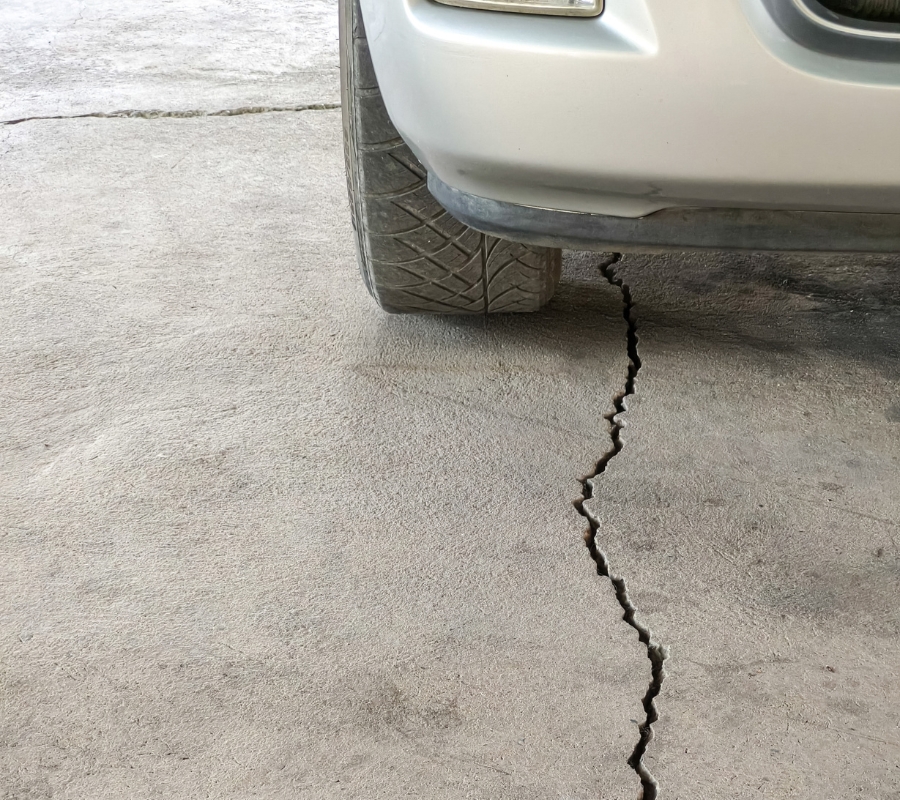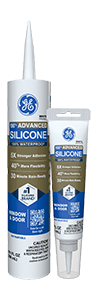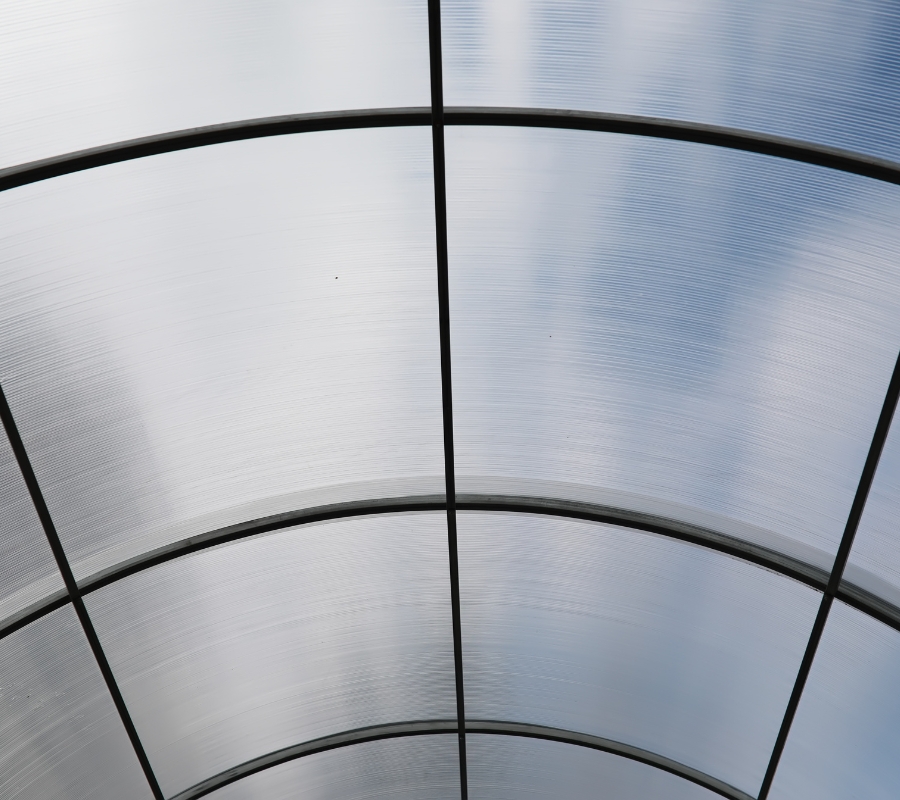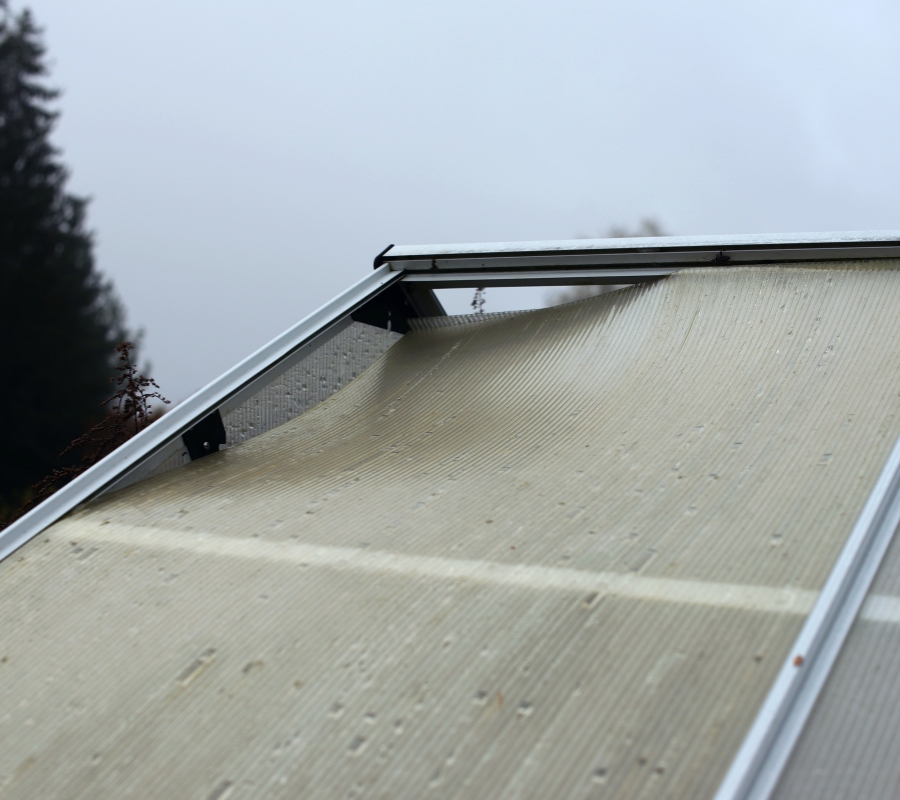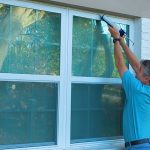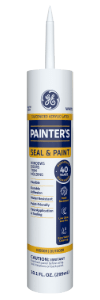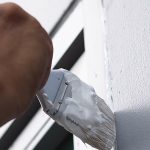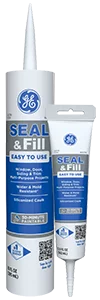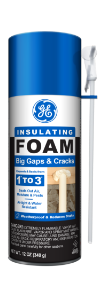Note: This DIY article is provided as a general guide only and is not intended to take the place of product-specific installation procedures; always follow applicable manufacturers’ instructions. Depending on your home’s age and condition, location within the home, and other potential factors, repairs and/or upgrades or other services may be necessary prior to the beginning and/or completion of your project that may involve the services of a home improvement professional. This article does not include advice pertaining to local building codes and/or any related inspections.
Your trusty old shed contains some of your most prized possessions (not to mention the expensive machinery and equipment). Sleep better at night knowing they are safe from the elements by learning how to weatherproof a shed with silicone sealant in this article.
Why you need to waterproof your shed with silicone sealant
Silicone sealant offers a strong, durable, and permanently flexible barrier that ensures drafts, moisture, and pests remain outside of your shed. Moisture from rain, melting ice on the shed roof, or even outdoor humidity can have dire consequences on your shed’s contents.
You might be considering other adhesive options for your shed sealing project, but below are some of the reasons to keep silicone sealants at the top of your list:
- Weatherproofing: Why stop at waterproofing your shed when you can guarantee that it remains weatherproof? All Purpose Silicone 1 Sealant has superior UV-degradation, temperature fluctuation, and moisture resistance.
- Mold protection: Mold has no place in your shed. It can predispose you to a host of respiratory complications while impairing the structural and functional integrity of wood, metals, and electronic equipment. The mold protection offered by silicone sealants is another welcome addition to their many benefits.
- Durability: Silicone sealants are meant to withstand the test of time. Incorporating the latest in adhesive technology, silicone sealants offer unrivaled longevity and durability as opposed to other acrylic and latex-based sealants. For your waterproof shed, durability ensures you don’t have to think about maintenance or renovations for a long time.
How to weatherproof a shed
Below are some of the best ways to ensure your shed remains water-free throughout the year, both for an existing shed and one under construction.
How to waterproof a garden shed under construction
Waterproofing a garden shed while still under construction with silicone sealant ensures the best outcome. The silicone sealant allows changes in movement that guarantee a water-tight finish.
Depending on your local weather and geography, you may or may not need to adjust the following points to suit your project.
- Raise the shed above the ground level: The first step toward a waterproof shed is securing the floor. Water ingress into your shed occurs secondary to several culprits, but the floor is among the most common. Raising your floor above the ground level by a few inches stops water from seeping into the shed.
To achieve a raised garden shed, you should try one of the following tactics:
- Consider a concrete foundation
- Utilize tongue and groove flooring with joists
Lifting the shed base above the ground has the added advantage of improved air circulation, which can impact the shed’s ventilation.
- Using waterproof materials for the siding and roofing: Just as important as the base and foundation are the roof and siding of your shed. It might seem obvious, but the type of materials utilized for the roofing and siding have an overall net positive or negative effect on the long-term waterproof capabilities of the shed. Applying a felt layer over the roof can provide some much-needed additional protection.
How to waterproof an existing garden shed
If your shed has already kept your bikes and power tools safe for a few months or years, making a few improvements to guarantee a water-free interior and safety for your beloved items doesn’t hurt. Below are some tried and tested improvements bound to make a lasting impact on the waterproofing capabilities of your shed.
- Identify and seal gaps around the windows and doors: Gaps around windows and doors can let in unwanted rain, drafts, or even pests. Unwanted insects can damage your treasured equipment to an extent similar to water and mold. Small gaps and seals around windows and doors are typical and might be in your shed. The good news is that a high-quality sealant provides a relatively inexpensive and easy-to-apply solution.
Read the steps explained right after to learn how to properly apply silicone sealant to a shed for your weatherproofing needs and achieve a professional and visually appealing finish.
- Identify the gap you would like to fill.
- Prepare the surface by removing any existing caulk, sealant, paint, dirt, or debris.
- Apply the silicone sealant along the edges where the door (or window) frame meets the wall.
- Smoothen the silicone bead using a gloved finger.
- Consider installing an additional weatherproof door seal or weather strip.
- Ensure the door (or window) closes tightly with no other gaps.
- Check the gutters for any blockage: Stillwater is dangerous. Blockages in your gutter cause water to pool behind the obstruction. Excess spillage from this water may eventually reach the shed through direct seepage or infiltrative processes.
- Create drainage zones around the base of the shed: If you can’t raise your shed, the next best thing is to dig drainage ditches around the base and foundation of the shed to stop water from pooling around the shed in the event of rain. This will ensure that water is constantly directed away from the direction of the shed and far from any stowed bike, equipment, or furniture in the shed.
Keeping your shed moisture-free is important to any homeowner. One of the best ways to waterproof your shed is to apply silicone sealant around the window and doors and wherever you might encounter a gap. When looking for silicone sealant for your shed’s waterproofing needs, find a store near you in the US or a store near you in Canada.
FAQs
What is the best way to waterproof a shed?
The best way to waterproof a shed is to ensure the roofing and siding are impermeable to water. Applying a waterproofing treatment to the wood siding can help achieve this.
How do you keep rain out of a shed?
The most effective way to keep rain out of a shed is to apply a high-quality silicone sealant to any gaps on the roof, windows, or doors.
How do you waterproof an existing shed?
Waterproofing an existing shed involves applying silicone sealant to the windows and doors, clearing blockages in gutters, and digging drainage channels around the shed’s base.

